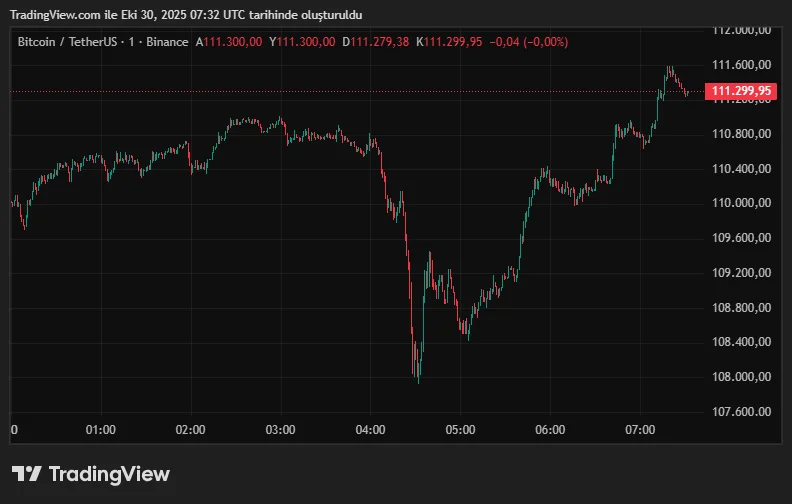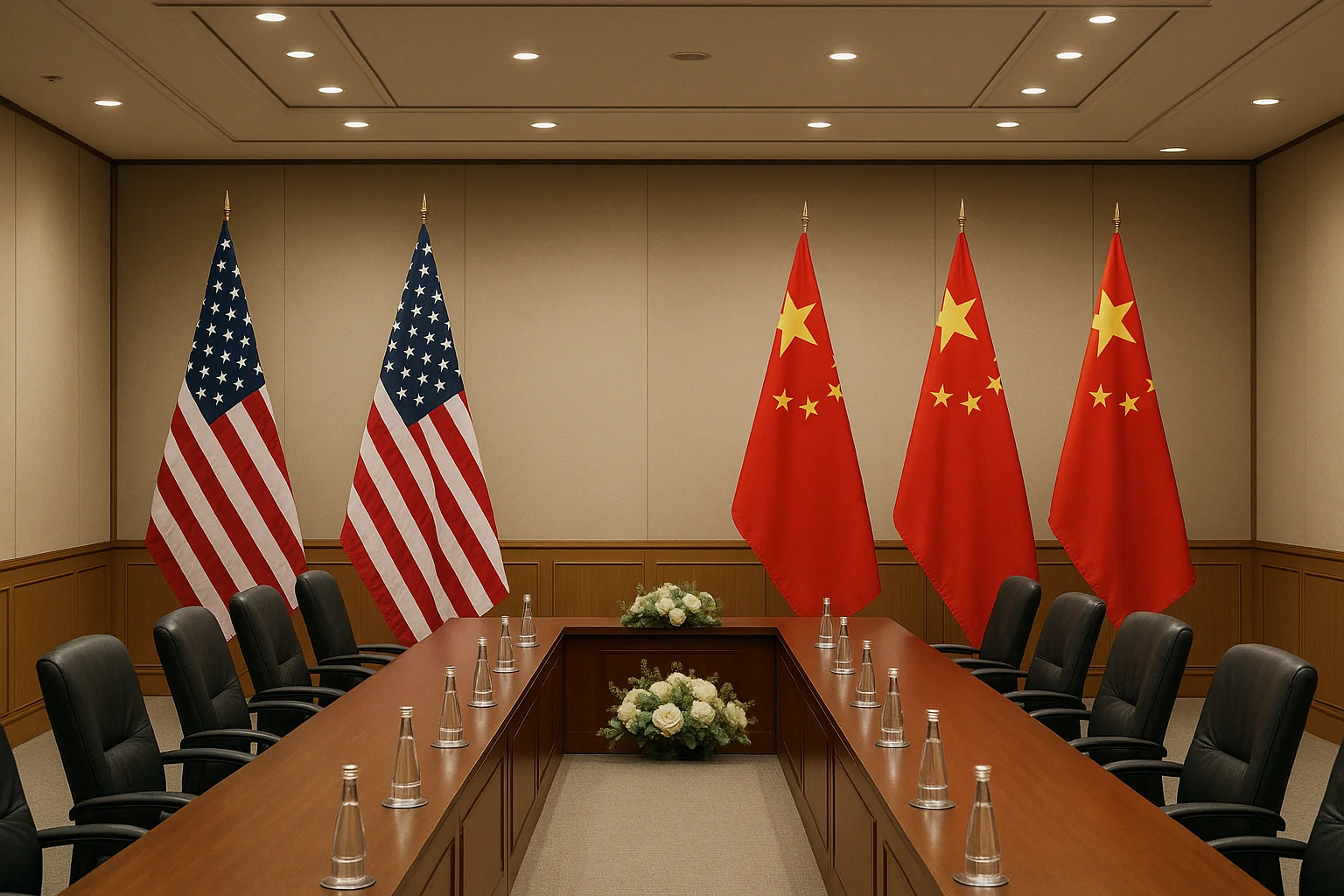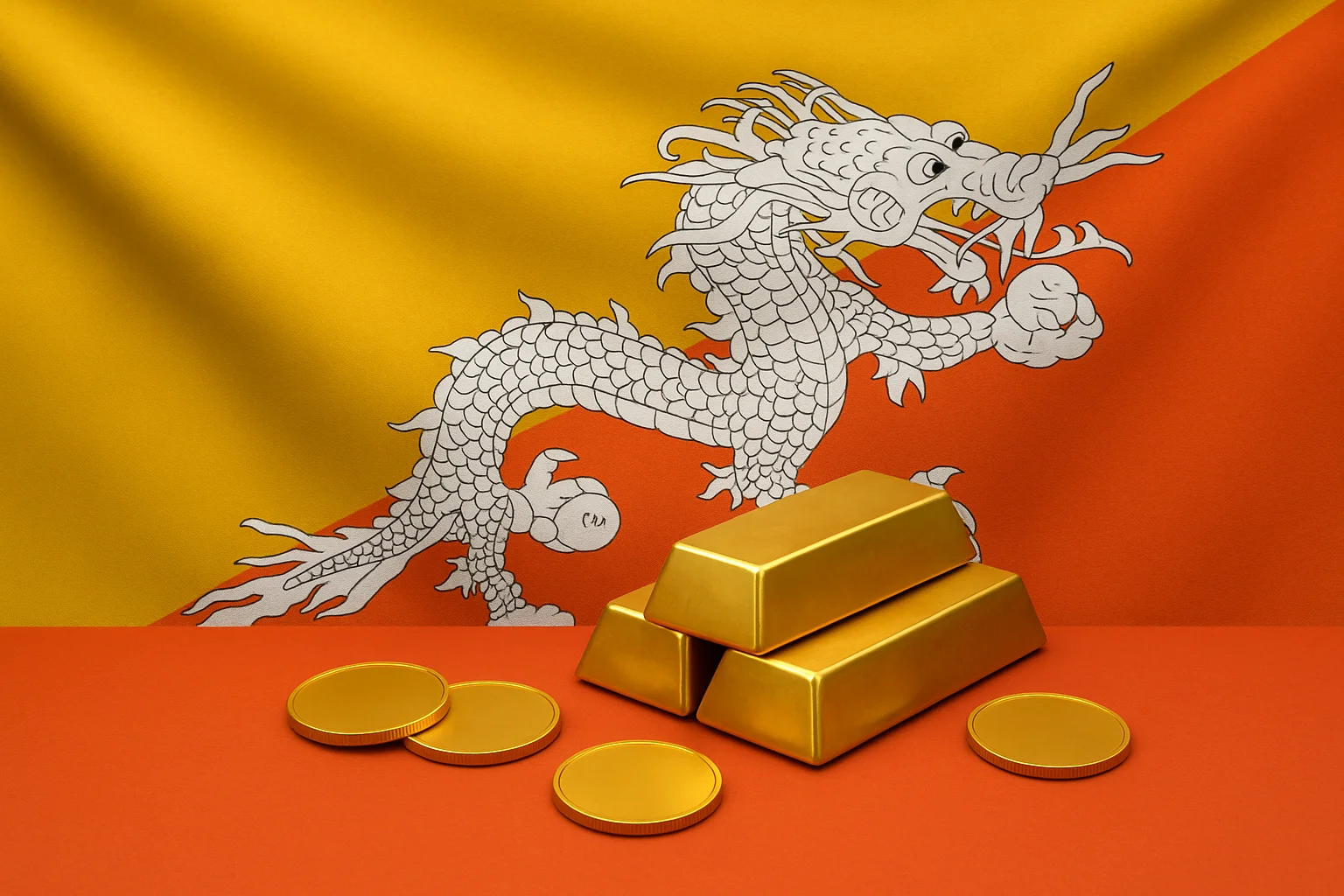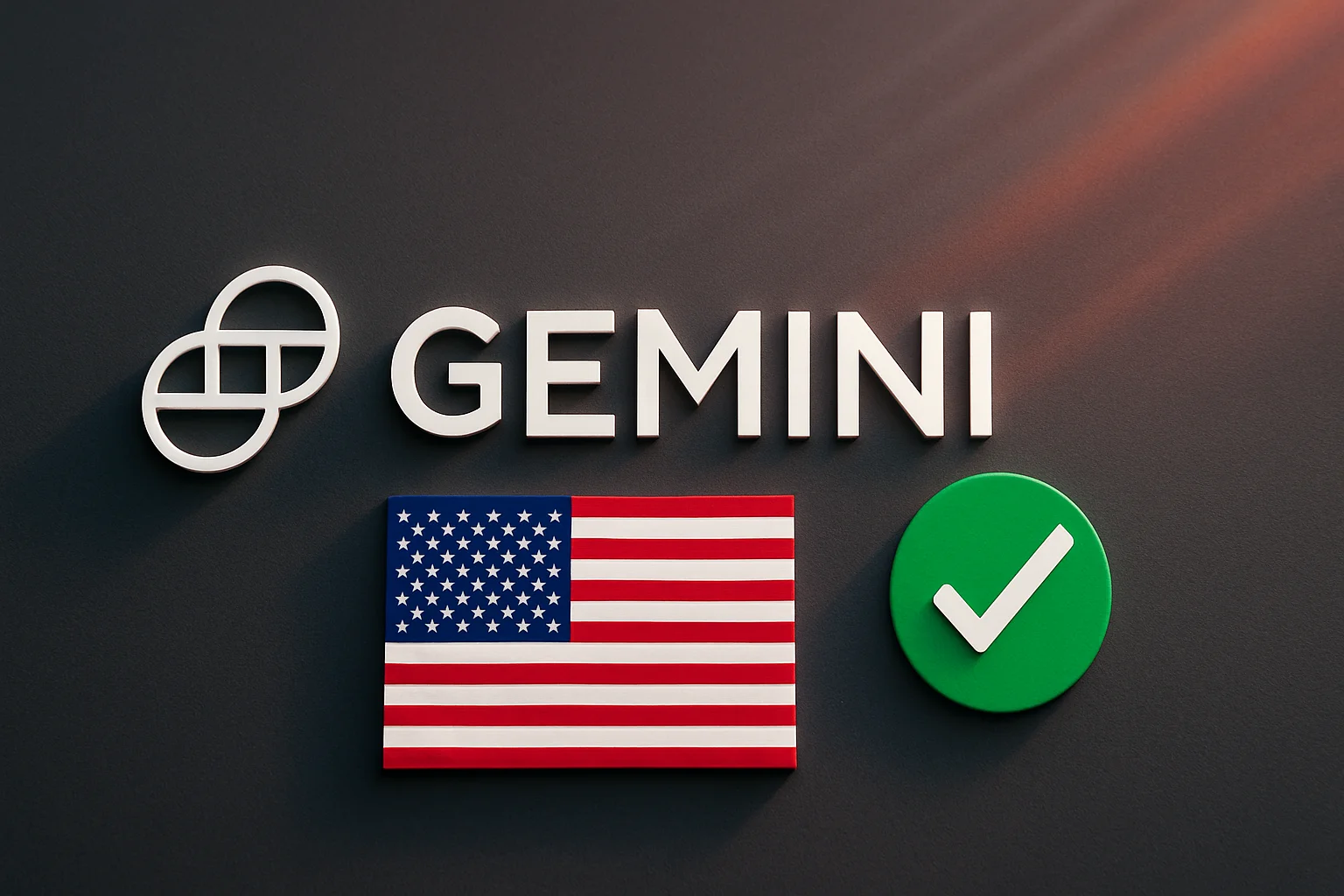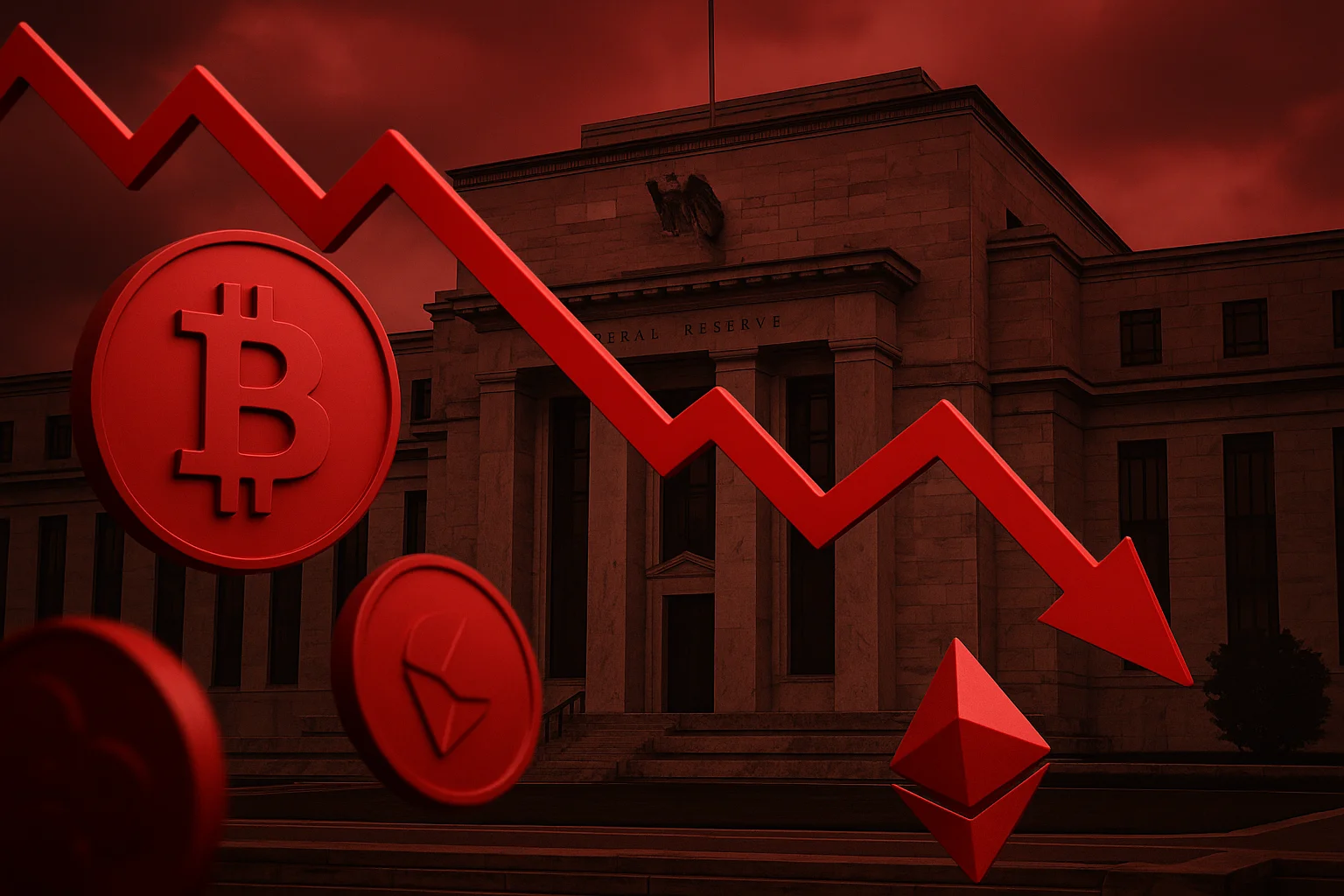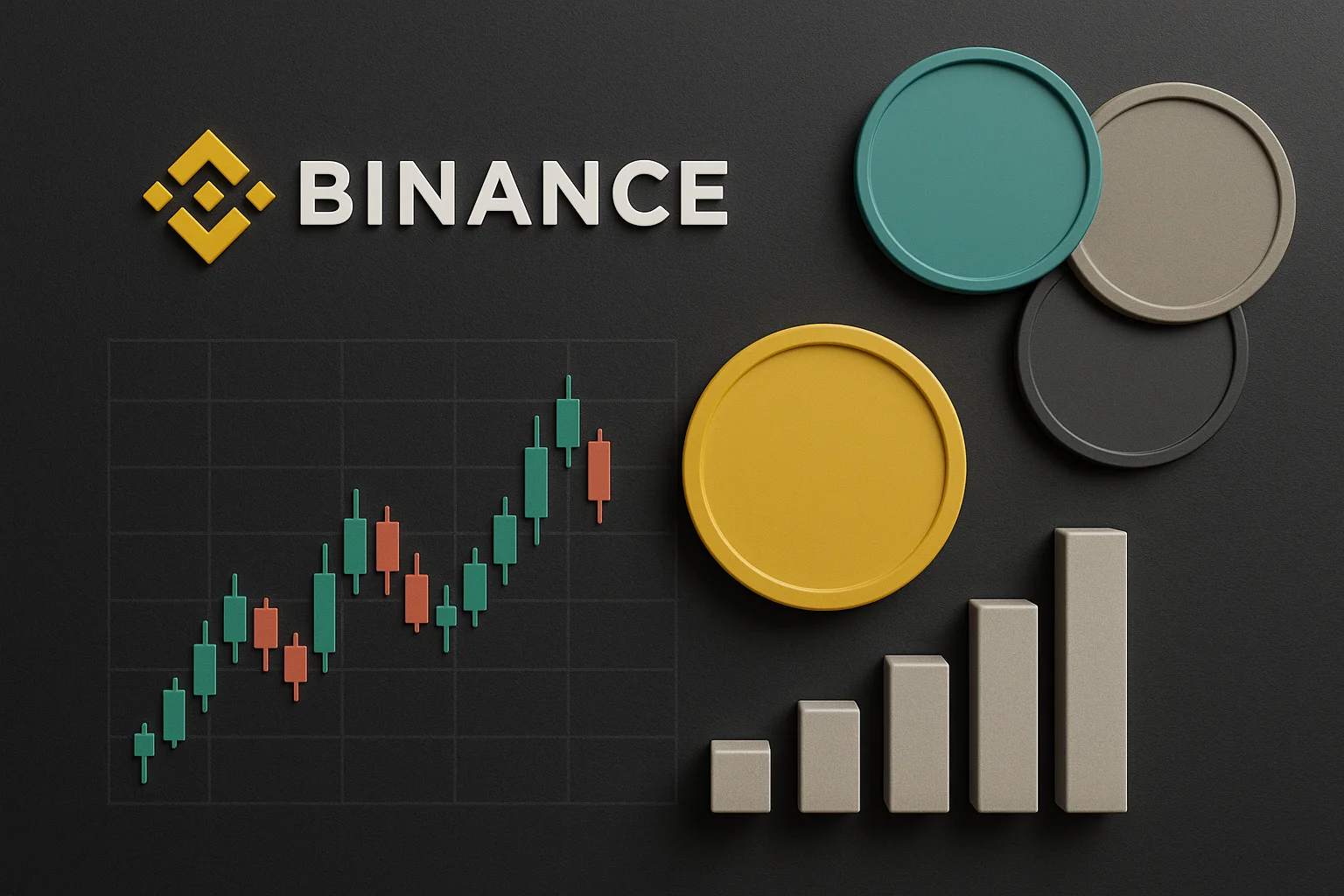The US-China summit held in Busan, South Korea, on Thursday marked a new chapter in the trade war between the two superpowers. In their long-awaited face-to-face meeting, US President Donald Trump and Chinese President Xi Jinping agreed to reduce tariffs and strengthen economic cooperation. The meeting was closely watched by both global markets and crypto investors.
The two leaders met for the first time since 2019. Following the talks, Trump announced that the average tariff on goods imported from China would be reduced from 57 percent to 47 percent. Duties on fentanyl precursor chemicals, in particular, were reduced from 20 percent to 10 percent. In return, Beijing pledged to crack down on illicit fentanyl exports, announced that it would resume large-scale soybean purchases from the US, and resume rare earth element exports. Trump described the agreement as a "12 on a scale of 1 to 10."
Markets initially reacted cautiously. Asian indices experienced volatility, with the Shanghai Composite Index retreating slightly from its decade-high. US soybean futures also saw small declines. Analysts noted that investors had already priced in this agreement, and the market reaction was therefore limited. Nevertheless, experts believe this development could ease inflationary pressures and allow central banks to maintain looser monetary policies.
The Trump administration's withdrawal from its threat of 100% tariffs on Chinese goods and Beijing's postponement of rare earth restrictions are considered positive steps, particularly for the high-tech and artificial intelligence sectors. This move could also ease the production chain for hardware used in crypto mining.
How were cryptocurrencies affected?
The summit also coincided with the week in which the US Federal Reserve (Fed) officially ended its monetary tightening campaign and cut interest rates. Considering these two developments together, increased liquidity and risk appetite may resurface in global markets. Historically, such periods strengthen the potential for upward movement in risky assets like Bitcoin and Ethereum.
While crypto markets experienced brief volatility before the summit, they showed signs of recovery as trade tensions eased. Analysts note that the combined impact of the Fed's interest rate cut and the US-China detente could drive new institutional inflows into digital assets in the coming weeks.
On the geopolitical front, despite the optimism, a cautious tone prevails. Trump and Xi acknowledge that technology competition will continue. China wants the US to ease technology export restrictions, while Washington continues to establish alternative supply chains with Japan and Southeast Asia.
Ultimately, the Busan summit represents a temporary truce in the years-long trade war. However, whether this truce will last will depend on how well both countries deliver on their promises. For now, markets remain cautiously optimistic; on the Bitcoin front, investors have begun to return to risk-taking mode.
